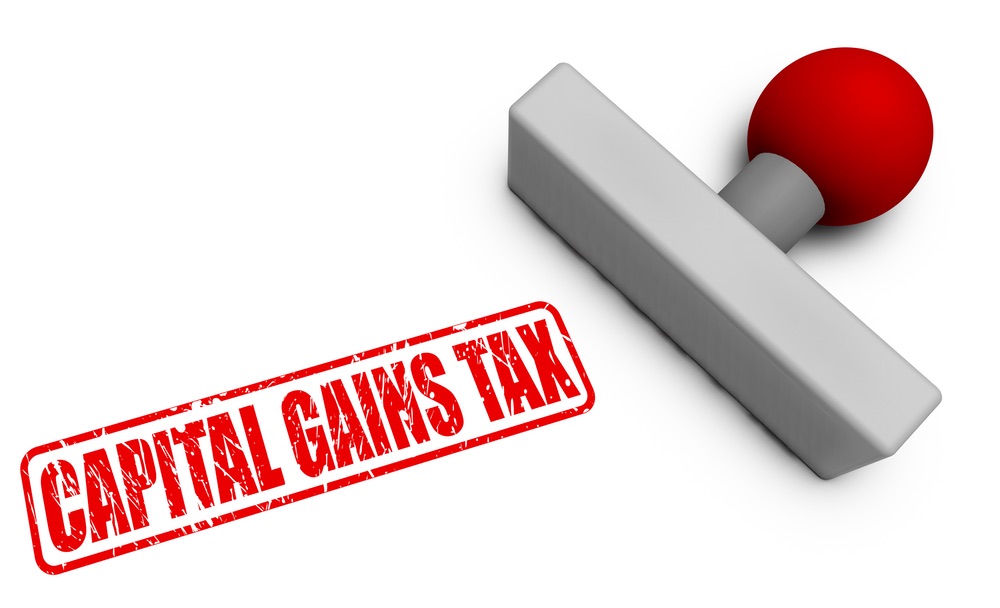SUBSCRIBE
Enter your Name and Email address to get
the newsletter delivered to your inbox.
Please include name of person that directed you to my online newsletter so I can thank them personally.


Dianne Williams Wildt, MBA
Certified Retirement Counselor®
Since 1983 in the financial services and investment industry
Retirement Pathways, Inc.
4500 Bowling Blvd., Suite 100
Louisville, KY 40207
Phone: 502-797-1258
Email: dianne@retirementpathways.com
Website: www.retirementpathways.com

As we approach the last quarter of the year, tax-smart investors typically review their portfolios to determine which investments to hold and which ones to sell. When you conduct this exercise, you should understand a few basics about capital gains taxes.
Next, know the difference between short-term and long-term capital gains. Securities you sell after owning them for one year or less will produce short-term capital gains, and you’ll pay taxes on those gains at your ordinary income tax rate. The highest bracket in 2018 tops out at 37%.
For the majority of investors, whose annual income is lower, the capital gains rate is 15% for joint filers earning between $77,200 and $479,000 and single filers earning between $38,600 and $425,800. Taxpayers with adjusted gross incomes below these thresholds pay 0% on long-term capital gains.
* You should consider the fund’s investment objectives, charges, expenses and risks carefully before you invest. The
fund’s prospectus, which can be obtained from your financial representative, contains this and other information about the fund. Read the prospectus carefully before you invest or send money. Shares, when redeemed, may be worth more or less than their original cost.
Enter your Name and Email address to get
the newsletter delivered to your inbox.
Please include name of person that directed you to my online newsletter so I can thank them personally.
Enter your Name, Email Address and a short message. We'll respond to you as soon as possible.
Investment advisory services offered through American Capital Management, Inc., a State Registered Investment Advisor. Retirement Pathways, Inc. is independent of American Capital Management, Inc.
Retirement Pathways, Inc. and LTM Marketing Specialists LLC are unrelated companies. This publication was prepared for the publication’s provider by LTM Client Marketing, an unrelated third party. Articles are not written or produced by the named representative.
The information and opinions contained in this web site are obtained from sources believed to be reliable, but their accuracy cannot be guaranteed. The publishers assume no responsibility for errors and omissions or for any damages resulting from the use of the published information. This web site is published with the understanding that it does not render legal, accounting, financial, or other professional advice. Whole or partial reproduction of this web site is forbidden without the written permission of the publisher.